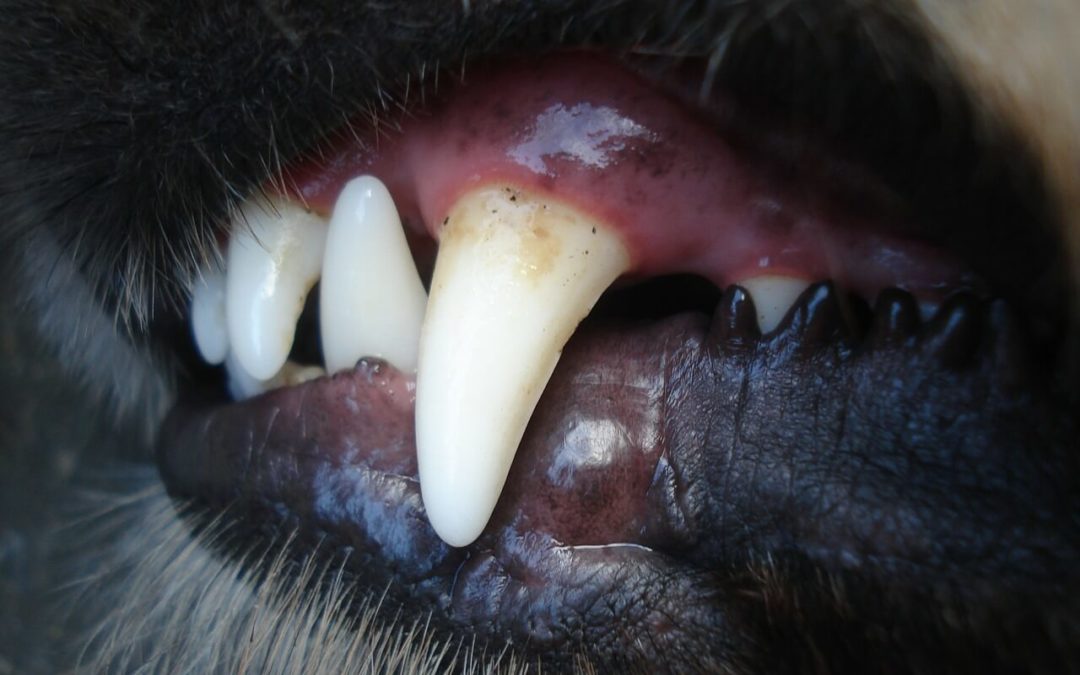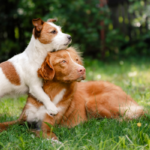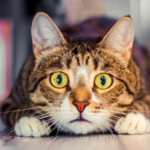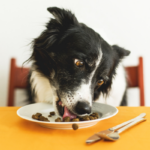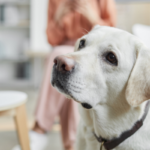We understand that leaving your pet at the vet for any procedure can be a worrying time. We aim to alleviate this stress by explaining what happens when your pet is left here for a dental procedure, where the teeth and gums are checked and treated.
- On arrival at the clinic our nursing team will greet you and your pet and complete the appropriate documentation for client consent. Our nurses will explain the procedure to be undertaken, discuss any concerns and answer any questions you may have. Some pets may have already had a pre-anaesthetic blood test completed if they have seen our vets recently. If not, a pre-anaesthetic blood test can be completed on the morning of the dental procedure.
- Pets are then settled into their comfy beds for the day. Cats and dogs are kept separate in specific wards with calming pheromones to assist with calming their nerves.
- Each animal is then examined by a vet to check their general health and suitability for anaesthetic. Patients are then given a pre-medication sedation based on their age and health.
- Each pet undergoing a dental procedure at South Cranbourne Veterinary Surgery is given intravenous fluids to support their bloods pressure during the anaesthetic and to assist with recovery.
- Drugs are administered to induce anaesthesia, patients are intubated and monitored during their procedure by a qualified veterinary nurse.
- The first step in a dental procedure is to complete a full examination of the mouth. Each tooth is probed checking for pocketing gingivitis or rotten teeth. Each tooth is cleaned and checked for damage then we use a probe to check for infection and tooth attachment/bone damage under the gums.
- Xrays may be performed to further assess the health of a tooth and look for other disease processes which may be occurring to the bone and teeth under the gums.
- A plan is then set for what treatment is needed and owner is contacted for a revised estimate of costs for the treatment. Unfortunately animals won’t sit still for a full mouth examination so we can’t accurately know what treatment is required until they are under anaesthetic.
- Any teeth requiring extraction are removed using animal dentistry specific drills and burrs.
- The teeth are given a thorough clean with a scaler and polisher to remove all tartar and infection. A final antiseptic flush is used to get their breath smelling fresh.
- The mouth plays a big part in temperature regulation pets. Unfortunately the cleaning with cooling sprays on the instruments can make a pet’s temperature low while under a longer dental procedure. Patients temperatures are monitored closely and heat mats/blankets are used during the procedure. and they recover in their cosy beds with a hot air blanket for the next few hours until their temperature is back to normal. Recovery time from anaesthetic is variable between individuals. You will be contacted later in the day to set a pick up time once we see how they are recovering.
- A vet or nurse will discharge your pet explaining after care that is needed, medications required and answer any questions you may have. If pets have had teeth removed they will need pain relief and antibiotics. If the teeth are chewing teeth (sides and back of mouth) then they will need to be fed soft chunky food for 5-7days to prevent food getting in the sockets where the gum needs to close over.
- We check all dentals again 7 days after the procedure to ensure they have recovered well and to discuss further preventative measures that can be undertaken to keep your pets’ breath smelling fresh.
Common Questions asked about dental health in pets.
If my pets have teeth removed will they still be able to eat?
Pets don’t require teeth to eat. If the dental disease is causing pain and spreading infection around the body a pet is much better off without them. Options for pets with limited ability to eat hard biscuits are small bite foods that can be swallowed whole or soft food.
I have tried everything to keep my pet’s teeth clean but they keep getting bad dental disease. What can I do?
Unfortunately like people some pets have naturally better resistance to dental disease than others. If you are doing everything you can, we can keep teeth clean with regular scaling and polishing every 6-12months to stop dental disease causing damage and needing teeth extractions. Some pets have immune system disorders and removing the teeth is the best way to stop recurring pain and infections in the mouth. It is still accepted that teaching a pet to tolerate tooth brushing and brushing all the teeth daily is the best way to prevent dental disease in pets. Unfortunately it can be difficult to do so chewing and oral health products can slow disease progression to increase the time between professional dental checks and cleaning procedures at the vet.
Even with dental disease my pet is eating well and not bothered by it, why should it have a dental procedure?
It is the most challenging part of our job trying to decide what is necessary for a pet when they cannot tell us exactly what they are feeling. We know that pets will avoid chewing with sore teeth and can hide pain very well. Most of the changes in pet’s teeth are chronic damage to the gums and attachment. This causes only mild pain until teeth become more mobile and bone is infected. Yes dental disease does not always mean severe pain but it does mean significant infection is in the mouth and contaminating the rest of the body when it gets into the blood through the damaged gums. This can cause damage to vital organs like the heart, kidneys and liver which may result in a reduced life span.
My pet is old, can it cope with being under an anaesthetic to have its teeth treated?
This is another difficult part of our job weighing up the benefits vs the risks. Luckily we have some amazingly safe anaesthetics these days and with careful planning and checks geriatric patients undergo anaesthetics regularly without problems. Unfortunately there is no guarantee and significant health concerns like kidney disease or heart disease make anaesthetics more risky. As with any procedure quality of life benefits of doing the procedure need to be taken into account but we certainly see old pets much happier and living a better quality of life after having their severe dental disease treated.

